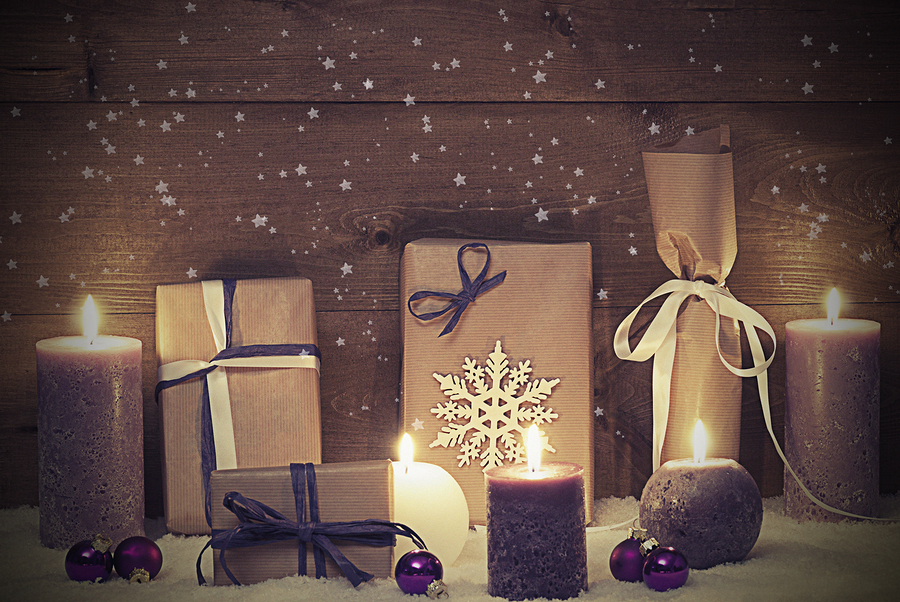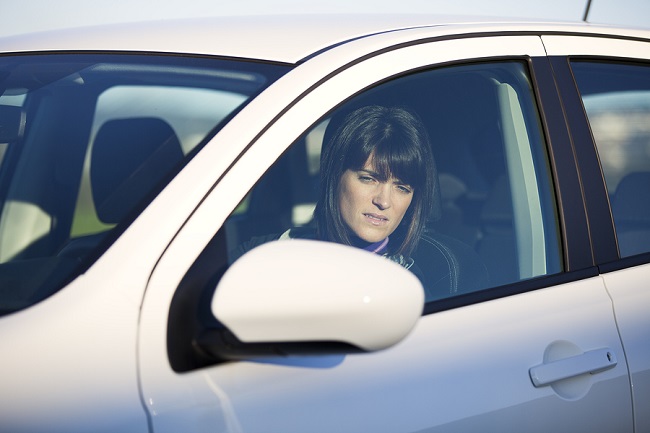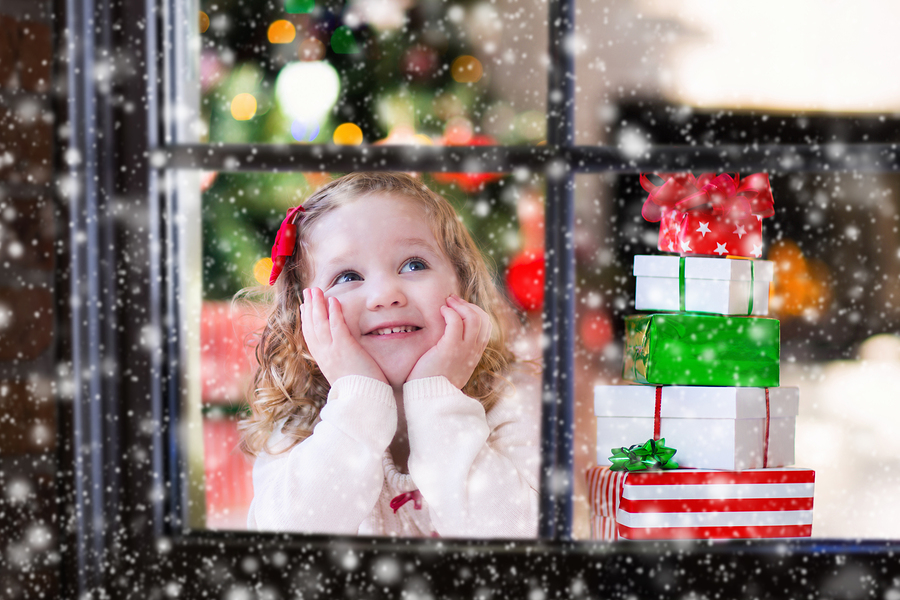- Make It Yourself Lavender Heart-Shaped Bath Bombs!
- 20 Things You Never Knew About “Down There”
- 12 Best Foods For Those Suffering From Arthritis Pain
- 12 Personal Hygiene Mistakes Almost Everyone Makes (Mom Never Told You About #4!)
- 15 Medicinal Plants And Herbs From The Cherokee People
- 12 Mind-Blowing Benefits Of Drinking Coconut Water During Pregnancy
- 12 Outstanding Winter Foods That Won’t Fatten You Up Like A Christmas Turkey
Common Holiday Injuries (And How To Avoid Them)

Photo credit: bigstock.com
The holiday season is a joyous time of year, but it is also somewhat more dangerous than you might think. Statistics show an increase in many types of injuries in the month of December, many of which are linked to activities associated with Christmas and other holidays. Get the facts and follow these simple precautions to make sure you and your family have a fun and safe holiday season.
1. Falls
People fall and get hurt all the time, but research has shown that there is a spike in injuries caused by falling in the month of December. One of the most common activities linked to these holiday falls is hanging up Christmas lights or other holiday decorations. The Center for Disease Control in the United States estimates that nearly 6,000 people in the U.S. fall and injure themselves every year while hanging up decorations and lights. Americans aren’t the only people who hang up these lights, so it is reasonable to think this problem occurs around the world. These falls often occur when the person in question is using a ladder to increase their reach.
Reduce your risk of falling by familiarizing yourself with the basics of ladder safety. Make sure the ladder is on a flat, steady surface, and that it isn’t slippery. Find a partner to decorate with to help keep the ladder steady. It’s always safer to work with a partner when using a ladder for any purpose.

Photo credit: bigstock
2. Car accidents
These can happen any time of year, but sadly, the number of car accidents tends to increase during the holiday season. Many people are rushing to finish their shopping and complete last-minute travel plans. Harsh weather conditions also don’t help. The combination of fewer daylight hours (in the Northern Hemisphere) and ice, snow, or freezing rain can make for challenging driving conditions, even for drivers who are used to it. But one of the biggest contributors is the increase in people driving under the influence of alcohol this time of year. Statistically, young people between the ages of 21 and 24 have the highest risk of being in an alcohol-related accident, but no one is immune to the risk.
Be vigilant and drive at the speed limit. Do not ever drink and drive. If you’re drunk or even buzzed, stay at the party and wait it out, call a taxi, or get a lift from a friend. Be mindful of how much others at holiday gatherings are drinking as well. If you see someone drinking too much, don’t allow them to get behind the wheel.
3. Choking on food
This is pretty self-explanatory. It’s not a race. Chew your food. You might actually taste it.

Photo credit: bigstock.com
4. Toys
If there are kids in the house, there’s a good chance the floor may be littered with toys. It’s very easy to trip and fall over them, so make sure they are not left carelessly about, especially in areas with a lot of foot traffic. Smaller toys or ones with small components are also a potential concern, as young children could try to eat them and choke. Be sure to keep an eye on kids when they are playing with Legos or other types of toys and games with small parts.
5. Electrical shock from holiday lighting
One of the most common holiday injuries is an accidental shock from holiday lighting, which millions of people set up during the weeks between Thanksgiving and Christmas. Electrical shocks can cause burns, muscle and nerve damage, and even cardiac arrest in serious cases.
One important precaution for setting up lights is making sure that you are not overloading an electric socket with too many lights. Don’t cram a whole bunch of adapters and extension cords into one socket, especially in a house with older electric wiring, as this increases the risk of an electrical fire. Make sure your hands are dry, and use a dry wooden ladder when setting up lights, as it won’t conduct electricity as well as a metal one should it make contact with an electrical current.
Take care of your lights. Make sure the cords are in good condition and don’t have internal wiring exposed. Don’t leave your lights on all night while you’re asleep. If there’s a short circuit and a fire starts, you may not realize it until your home is already ablaze. Finally, LED lights tend to be safer since they generate less heat than incandescent ones. They also tend to last longer.
READ ALSO: 12 Ways You Can Make A Difference This Christmas
Follow these simple precautions and you’ll be reasonably assured of an incident-free holiday season. Happy holidays!
References:
































